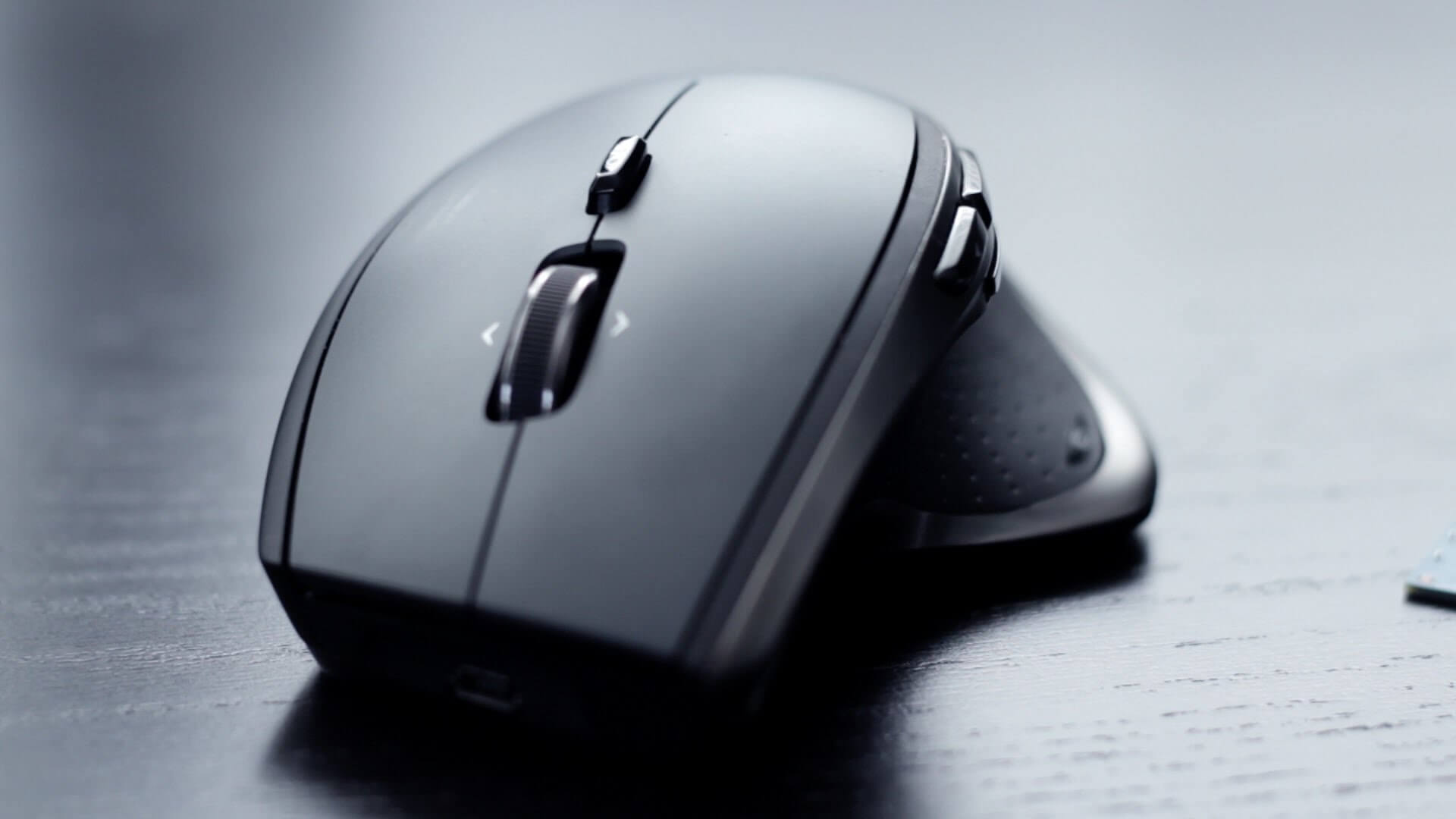Microsoft Laser Mouse 7000
Microsoft supplied us with three mice for this round up: two of them are targeted at gamers and the third is a general purpose high performance mouse branded as Microsoft Laser Mouse 7000, which we will be looking at first.
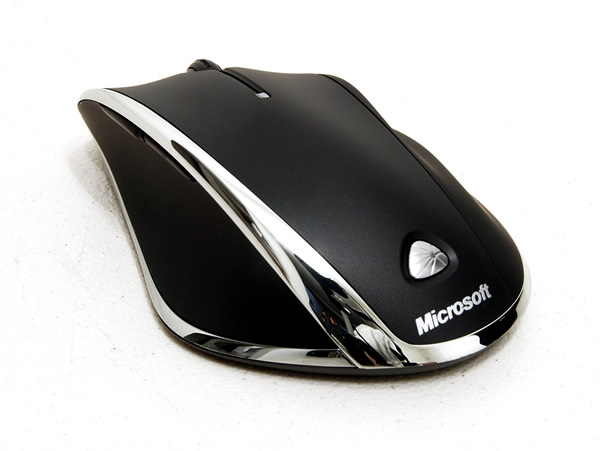
The Laser Mouse 7000 is a 2.4 GHz wireless pointer that features an ergonomic design and very clean lines. The unit is solid black with chrome accents lining the edges. In addition to the standard right and left click buttons, there is a clickable scroll wheel that tilts side-to-side, and two thumb buttons on the left side. There's also a battery status indicator light below the scroll wheel that illuminates red when the mouse is running low on power.
The top surface of this mouse is constructed of hard textured plastic, while the two sides are lined with softer rubber. The scroll wheel has a simple rubber covering wrapped around its surface, instead of being a solid piece like on most other mice, which feels a bit cheap as there is a tiny bit of slack that could stretch over time with use. The wheel covering has a nice grip, though, and features the Microsoft name as part of the "tread".
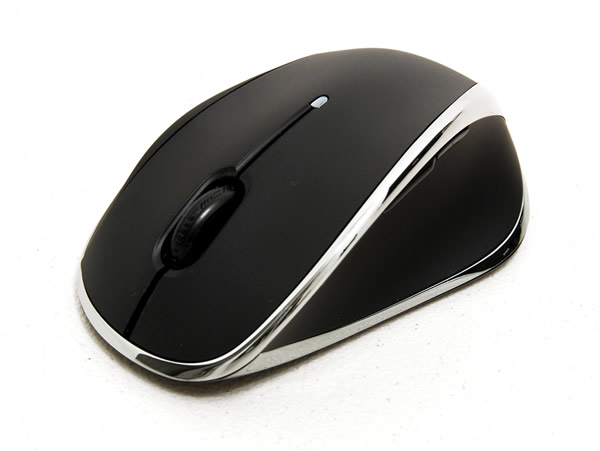
There are four feet on the bottom featuring more of a textured surface rather than the slick Teflon style we are accustomed to. There is also a power switch, two prongs for recharging the included AAA battery, a wireless connect button and a battery compartment.
We had to download the latest IntelliPoint software from Microsoft's website, as the drivers on the supplied disc were not compatible with Windows 7. Furthermore, the AAA rechargeable battery that shipped with our sample was dead on a rival and had us troubleshooting the mouse for a few good hours – the LED light on the mouse flashed red while on the charger but nothing was actually happening. After replacing it with a standard AAA battery we were finally good to go.
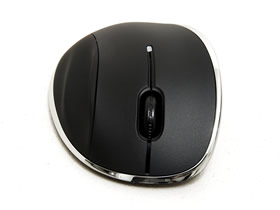
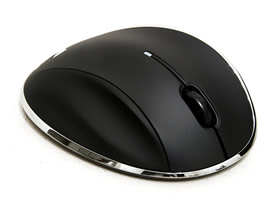
The IntelliPoint software is thoughtfully laid out and allows you to remap most of the buttons, with the exception of the side-to-side tilt wheel. You can choose from a large selection of predefined assignments or link a button to load a program, webpage or file. Aside from this, there isn't much more than you can adjust other than the typical pointer speed, visibility and scroll wheel options.
Since this isn't a gaming mouse, my primary method of testing was general Windows use. The very first thing I noticed is how loud the Laser Mouse 7000 is when sliding over my mouse pad, compared to other mice in this round-up, as a result of the non-Teflon style feet Microsoft used. The device itself is comfortable if you like a wide stance mouse. The second thumb button could be more defined but in general all of the buttons were easily accessible. What I really disliked, however, is the scroll wheel that Microsoft used. There's no tactical, "click-stop" feel when scrolling.
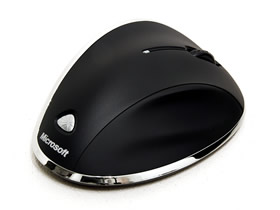
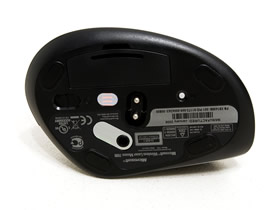
Instead, it is a freely spinning wheel that will require you to be extra careful when performing certain tasks. For example, in a graphic editing program, I typically use the scroll wheel to zoom in and out of an image. Doing so with this mouse takes patience as you have to be very precise otherwise you'll overdo it. This also makes pressing the scroll wheel button much more difficult, as the wheel tends to roll out from under your finger when attempting to do so.
I also noticed the mouse was ever so slightly jittery in Windows. It was more obvious as I increased the pointer speed, which I suspect is the result of the 1,000 DPI tracking. This might not be a huge issue as most users will not even notice it, but since I have been working with so many gaming mice with faster tracking in this round up, I could certainly tell.
I tried the Laser Mouse 7000 in a few games, despite it not being a true gaming mouse, and found that its performance was decent. Still, the aforementioned problems with the scroll wheel forced me to remap it in Just Cause 2. Casual gamers could get by with this mouse without much issue, though.
I can't directly comment on the battery life as our sample arrived with a faulty battery, but Microsoft claims a full charge takes up to 7 hours and should be good for about 3 weeks of use. In terms of price, the Microsoft Laser Mouse 7000 has a current MSRP of $69.95 but can be found for under $50 at Amazon.
Pros:
|
Cons:
|
